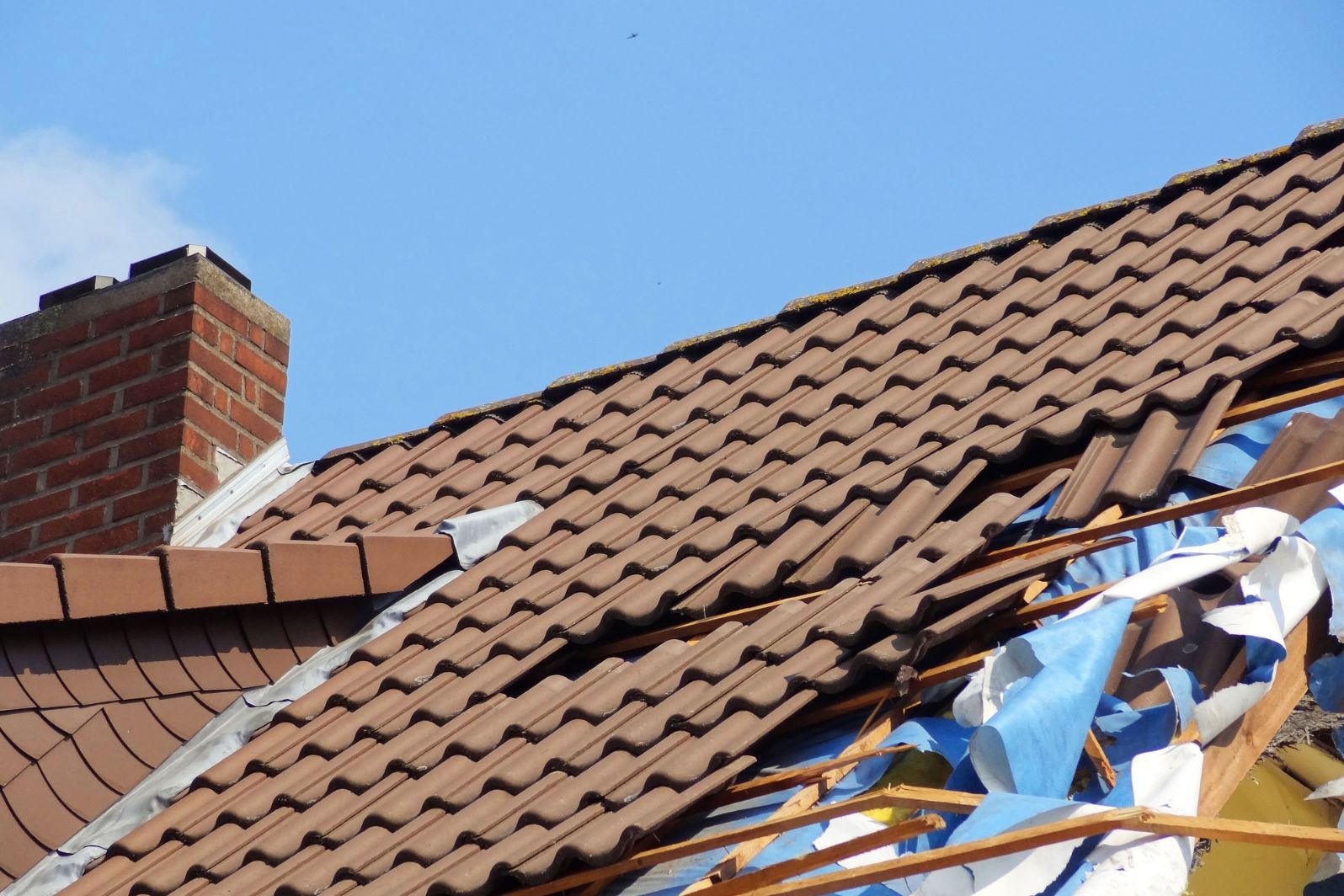Storms can be unpredictable and devastating. They leave behind a trail of destruction. This destruction can disrupt lives and finances. Whether it’s a hurricane, tornado, or severe thunderstorm, dealing with the aftermath can be overwhelming.
This blog is here to guide you through the insurance process for filing storm damage claims. We’ll cover everything from the first steps to understanding your policy. You’ll also learn to communicate well with your insurer.
Table of Contents
Understanding Your Insurance Policy
Before a storm hits, it’s crucial to understand what your homeowner’s insurance policy covers. Policies can vary significantly, so take the time to review yours in detail. Usually, homeowner’s insurance covers wind, hail, and lightning damage.
But, it might not cover flood or earthquake damage. Knowing these details will help you set realistic expectations when filing a claim.
Navigating the complexities of storm damage claims can be daunting, but having a centralized resource like an Insurance Claim HQ can ease the process. This dedicated hub aims to provide you with comprehensive support throughout your claim journey.
Documenting the Damage
Once it’s safe to do so, start documenting the damage to your property. This step is critical for substantiating your homeowners insurance claim. Make sure to capture both wide shots and close-ups to provide a comprehensive view of the damage.
Working with the Claims Adjuster
When the claims adjuster arrives, be prepared to walk them through the damage. Provide them with your documentation, including photos, videos, and written records. This will help the adjuster get a clear understanding of the damage and expedite the evaluation process.
Be honest and detailed in your explanations. If you had to make temporary repairs, show the adjuster what was done and provide the receipts.
Estimating the Cost of Repairs
Once the adjuster has assessed the damage, you’ll need to obtain estimates for the cost of repairs. It’s a good practice to get many estimates from reputable contractors to ensure you’re getting a fair price. Discuss any differences between the adjuster’s assessment and the contractors’ estimates.
Keeping Records
Keep detailed records throughout the claims process. This includes emails, phone calls, and letters.
Note down the dates, times, and names of any representatives you spoke with. This record-keeping can be invaluable if any disputes or misunderstandings arise.
Finalizing Repairs
Once your flood damage claim is settled and you have received the payment, you can proceed with the permanent repairs. Coordinate with your chosen contractor to begin the work and ensure it’s completed to your satisfaction.
Regularly communicate with your contractor to stay updated on the progress and address any issues that may arise. Inspect the completed work to ensure it meets your expectations and the agreed-upon standards.
Building a Community of Support
Navigating the insurance process can be challenging, but you don’t have to do it alone. Joining a community of homeowners who have experienced similar situations can provide valuable support and advice.
They are great for sharing experiences and tips. You can find them on online forums, social media groups, and local community organizations.
Exploring the Tips for Filing Storm Damage Claims
Dealing with storm damage and navigating the insurance process can be overwhelming. With the right knowledge and prep, you can weather the storm with confidence. Remember, you’re not alone in this process.
Reach out to your community, seek professional help when needed, and stay proactive in preparing for future storms. By taking these steps on storm damage claims, you can protect your property, your finances, and your peace of mind.
For more helpful tips, check out the rest of our site today.



